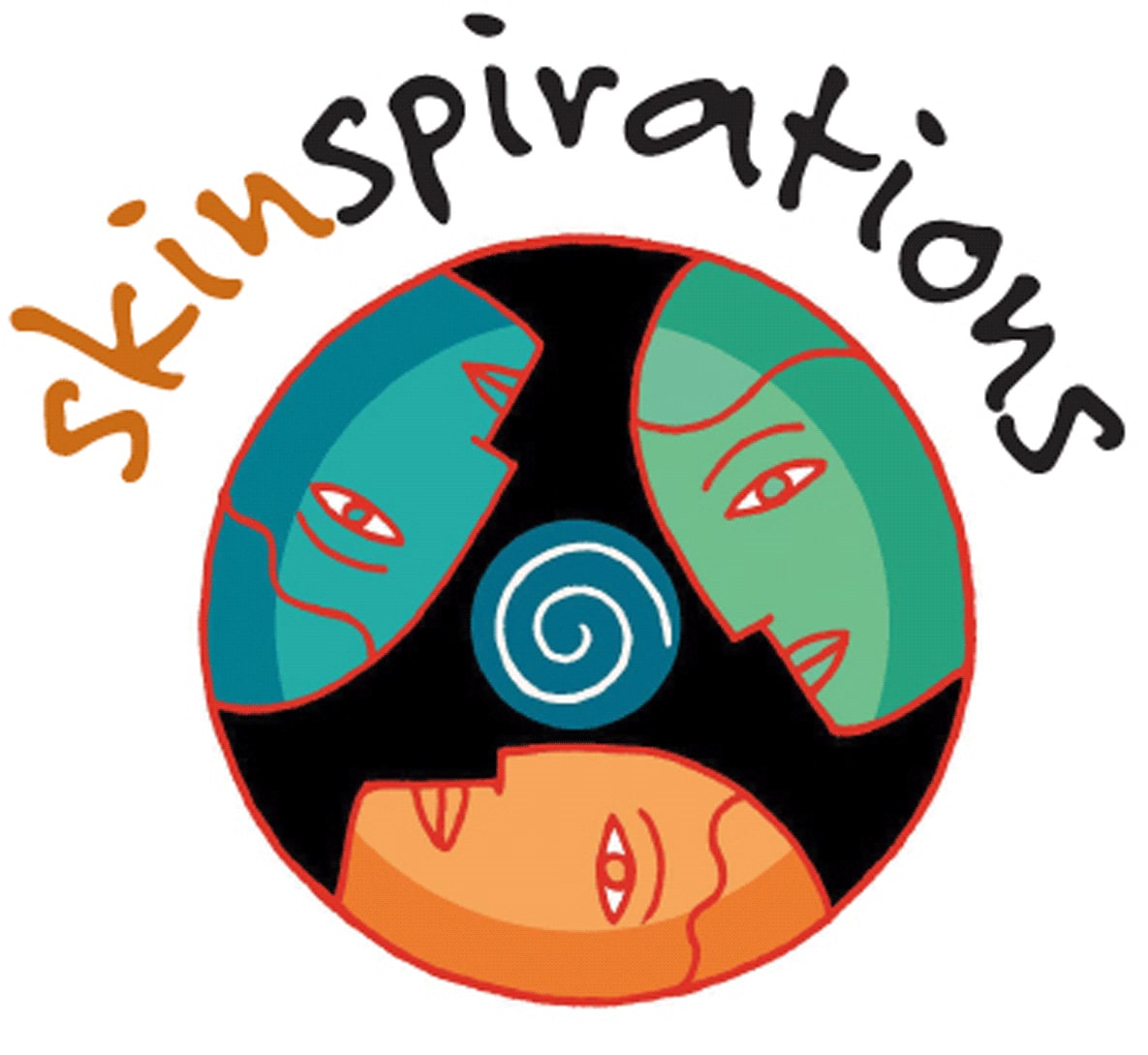A Neuralgia Treatment That Can Sometimes Provide Days To Months Of Relief
Recent studies have shown that injections of a simple solution of the sugar dextrose can provide dramatic relief from neuralgia pain in some individuals. For anyone suffering from this condition that’s so painful, some patients with it consider suicide, it sounds too good to be true. The treatment is called neural prolotherapy and it’s been found effective in patients with post-herpetic and trigeminal neuralgia, among other painful conditions. The effects of a single treatment are often immediate and the reduction in pain sometimes lasts for months.
Dr. Cynthia Elliott describes her personal experience with neural prolotherapy
 I developed trigeminal neuralgia without any precipitating event in my right supraorbital and supratrochlear nerves in 2020. One day while I was seeing patients in my office I suddenly felt what I can best describe as a sparking live power line making contact with my forehead. The area from my right eye up to the top of my scalp felt like it was being electrocuted. The pain was so excruciating that it made me freeze and I was afraid to move, talk, or open my eyes for the two minutes it lasted. Thankfully I wasn’t with a patient but my medical assistant considered calling 911 when she saw I couldn’t answer her.
I developed trigeminal neuralgia without any precipitating event in my right supraorbital and supratrochlear nerves in 2020. One day while I was seeing patients in my office I suddenly felt what I can best describe as a sparking live power line making contact with my forehead. The area from my right eye up to the top of my scalp felt like it was being electrocuted. The pain was so excruciating that it made me freeze and I was afraid to move, talk, or open my eyes for the two minutes it lasted. Thankfully I wasn’t with a patient but my medical assistant considered calling 911 when she saw I couldn’t answer her.
Over the following month, I had multiple episodes a day of the livewire sensation lasting from less than a second to up to two minutes at a time. The pains were usually spontaneous but predictably occurred if I lightly touched the skin from my right brow, forehead, or the right side of my scalp. A strong breeze guaranteed an episode as did trying to wash my face or hair in that area. I learned to start counting the seconds when the pain hit because I knew that by the end of the second minute, the pain would stop. I tried the usual medications prescribed for trigeminal neuralgia like carbamazepine and gabapentin but they did nothing but make me dizzy and groggy. B12 injections didn’t seem to make a difference nor did taking all of the recommended supplements.
Because I’m an emergency physician I know how to do nerve blocks so I started blocking my right supraorbital nerve with long-acting anesthetic. I was still getting pain towards the middle of my forehead until I included the supratrochlear nerve. I don’t know how I would have survived if I couldn’t do the blocks. Each time I injected the nerves, the pains would stop for about two or three hours and when they returned, I’d have to repeat it. By the end of the worst days, my eye would be almost swollen shut from the amount of fluid.
Injecting Botox superficially over the painful area may have decreased the duration of episodes but it’s hard to say. I can say it made my right eye look smaller & my brow droopy. I injected steroid into the nerve which didn’t decrease the pain but did cause a bald spot in the middle of my eyebrow to complete my new post-stroke look. A neurosurgeon I consulted with recommended I continue doing nerve blocks as often as I needed versus having surgery or nerve ablation.
After about four weeks, the pains suddenly stopped but as most people with trigeminal neuralgia would expect, they returned. For four years now, I’ve had cycles of between four to eight weeks of daily pain episodes followed by one to six months of complete remission.
Finding a treatment that stopped the pains
The pains started recurring last June, starting with a few momentary shock sensations every hour. I’d read about studies describing cases where prolotherapy using a 5% dextrose solution provided drastic improvement in people with different types of neuralgia, so I tried it. I injected just 1 cc of the dextrose injection under the skin above my right brow and the shock sensations stopped. It was hard to believe but for the following 48 hours, I only had a couple of relatively mild “zings” even when I washed my hair.
I did a second injection three days later and had no pain for a week. When I started getting twinges of pain again the next week, I’d repeat the injection and they’d stop for another week. About eight weeks after the pains started, they stopped recurring and I had six months of remission. That was my first of two flare periods so far without pain lasting more than a second.
Only someone who has had neuralgia pain can truly appreciate how grateful and excited I am to have found a treatment that stops my pain. I hope the treatment is effective on trigeminal neuralgia in the other nerve branches but I haven’t seen any studies yet.
I can’t imagine anything more gratifying than helping trigeminal and herpetic neuralgia sufferers relieve their pain. I’m willing to provide the injections to people during their pain flares although I can’t guarantee any improvement.
What happens during a neuralgia treatment?
The treatment involves one or more injections of solution using tiny needles just under the surface of the skin in the affected area. It usually takes less than fifteen minutes to complete. There’s minimal discomfort with the injections and when effective, people report almost immediate improvement in pain. You can return to your normal activities immediately.
Individual results will vary and some patients may not notice any improvement. The treatment can be repeated as often as desired. Feel free to email me directly at dr@skinspirations.com to learn if you’re a candidate for neuralgia prolotherapy treatment.
The fee for the first injection is complimentary and $150 per injection after that.

An experiment with at-home neuralgia treatment
 It’s unknown what depth prolotherapy needs to be done to be effective for neuralgia but wouldn’t it be a miracle if a simple at-home device can help? Skin microstamping vials used for skincare treatments inject fluid into the skin’s surface through tiny hollow needles. I’m curious to see if the prolotherapy delivered through these little vials can help with the pain of neuralgia, so if you’d like to try one, I’ll supply it to you with your first treatment.
It’s unknown what depth prolotherapy needs to be done to be effective for neuralgia but wouldn’t it be a miracle if a simple at-home device can help? Skin microstamping vials used for skincare treatments inject fluid into the skin’s surface through tiny hollow needles. I’m curious to see if the prolotherapy delivered through these little vials can help with the pain of neuralgia, so if you’d like to try one, I’ll supply it to you with your first treatment.
- Kim H, Kim HJ, Jung YH, Do W, Kim EJ. The effect of perineural injection therapy on neuropathic pain: a retrospective study. J Dent Anesth Pain Med. 2024 Feb;24(1):47-56. doi: 10.17245/jdapm.2024.24.1.47. Epub 2024 Feb 1. PMID: 38362256; PMCID: PMC10864712.
- Kersschot J, Karavani I. Isotonic Glucose Injections for Postherpetic Neuralgia in the Elderly. Cureus. 2022 Sep 29;14(9):e29740. doi: 10.7759/cureus.29740. PMID: 36324341; PMCID: PMC9617511.
- Wu, Y.-T.; Chen, Y.-P.; Lam, K.H.S.; Reeves, K.D.; Lin, J.-A.; Kuo, C.-Y. Mechanism of Glucose Water as a Neural Injection: A Perspective on Neuroinflammation. Life 2022, 12, 832. https://doi.org/10.3390/life12060832
- Lyftogt J. Pain conundrums: which hypothesis? Central nervous system sensitization versus peripheral nervous system autonomy. Australasian Musculoskeletal Medicine. 2008;13(11):72-74.





